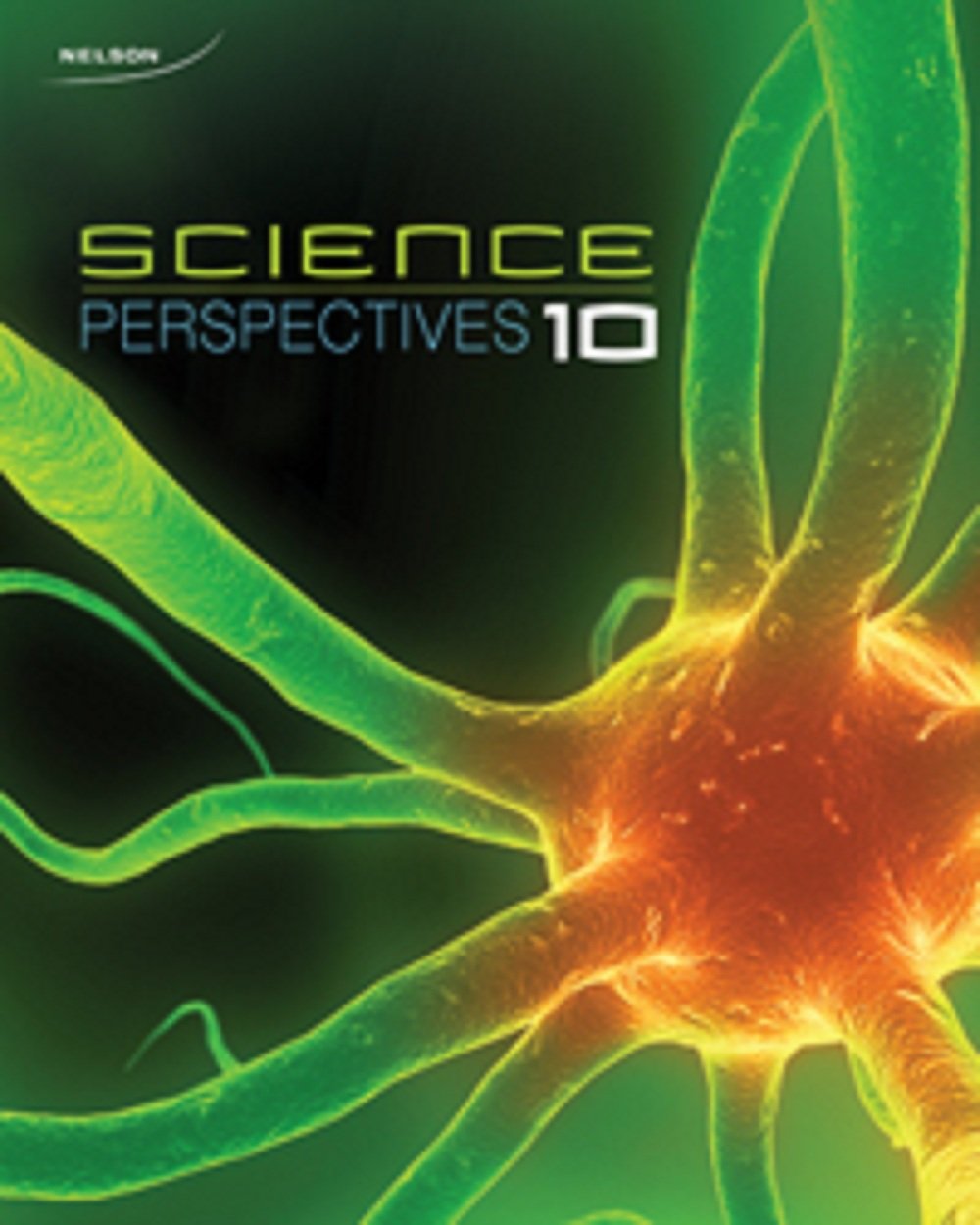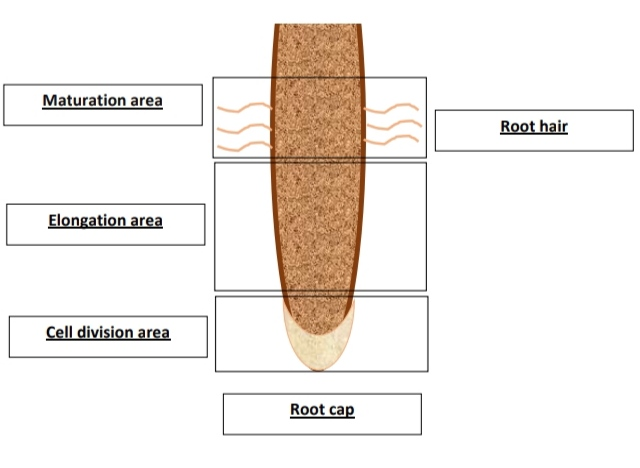
Nelson Science Perspectives 10
1st Edition
ISBN: 9780176355289
Textbook solutions
All Solutions
Page 152: Self-Quiz
Exercise 14
Step 1
1 of 3
Plants have the ability to manufacture their own food in the presence of sunlight while animals depend on plants or other animals for their food requirements.
Step 2
2 of 3
Animals can move from one place to another for food, water, shelter, etc while plants can not move and remain in one place on the ground, anchored by their roots.
Result
3 of 3
Plants can make their own food but can not move unlike animals.
Exercise 15
Step 1
1 of 3
a) a sharp knife to cut portions of stems into small observable pieces and a microscope to view the cells within the pieces
Step 2
2 of 3
b) parenchyma cells and how they divide and form tissues, xylem cells that allow for transport, and epidermal cells that act as barriers
Result
3 of 3
a) a sharp knife to cut portions of stems into small observable pieces and a microscope to view the cells within the pieces
Exercise 16
Step 1
1 of 2
a. Plants use atmospheric carbon dioxide and water from its roots to manufacture glucose and oxygen. Food manufactured by plants is either directly consumed by animals like cows who eat it or indirectly consumed by a tiger who kills a grass-fed cow for its food need. Oxygen produced is inhaled by all animals and taken in by the stomata of the plants during the process of respiration.
Step 2
2 of 2
b. This glucose is the food source for all other life forms on earth because animals can not make their own food and depend on plants or other animals for their food requirements. Oxygen produced by photosynthesis is essential because all plants and animals depend on it for respiration.
Exercise 17
Step 1
1 of 1
Plants depend on carbon dioxide, sunlight and water to manufacture food. In such a scenario, four identical plants should be taken and placed side by side in the same room such that they are all exposed to the same amount of light, air and temperature. They are all then enclosed in glass lids. The first plant can serve as a control while in the second plant, air containing carbon dioxide is vacuumed out of the plant, in the second, the lid is painted with thick black paint to prevent it from filtering any light to the plant enclosed inside and the third plant is not watered. It will be seen that only the control experiment will continue to live because it will be able to sustain itself by photosynthesizing while the three other plants will gradually start to die out. They can be exposed to all conditions required for photosynthesis for themselves to relive.
Exercise 18
Step 1
1 of 2
The maple tree with the 3 meter diameter is older because woody plants grow laterally due to lateral meristem, and therefore the wider the trunk of a tree, the older it is.
Result
2 of 2
The maple tree with the 3 meter diameter is older than the other one.
Exercise 19
Step 1
1 of 2

Result
2 of 2
The root tip is divided into three area: a $textbf{cell division area}$ on the root cap, $textbf{elongation area}$: between the root cap and the root hair, and $textbf{maturation and differentiation area}$ that includes the root hair.
Exercise 20
Step 1
1 of 3
a. Dermal tissue and human skin both cover the bodies of their species and protect them from excessive water loss.
Step 2
2 of 3
b. The function of vascular tissue in plants is to transport nutrients to all parts of the plant. This is similar to the circulatory system in animals. The circulatory system in animals also transports oxygen to all parts of the plant.
Step 3
3 of 3
c. Ground tissue in plants support the plant and give it its shape similar to the skeletal system in animals. Skeletal system in animals also protect delicate organs of the animal body.
Exercise 21
Step 1
1 of 3
a)
Why is it important for flowering plants to reproduce?
What part of a flowering plant is used for reproduction?
How many types of reproduction does take place in flowering plants?
How is the reproduction process?
Step 2
2 of 3
b)
Why do plants make and spread seeds?
Seeds are dispersed away from their parent plant individually or collectively?
What are the five main modes of seed dispersal ?
What’s the difference between Autochory and Allochory ?
Result
3 of 3
We can ask about the importance of reproduction, her types, and her process. As for spreading seeds we can ask about causes, mechanisms, and modes of seed dispersal…
Exercise 22
Step 1
1 of 4
a. i. Ground tissue
ii. Dermal tissue
iii. Vascular tissue
Step 2
2 of 4
b. i. Dermal tissue
ii. Ground tissue
iii. Vascular tissue
Step 3
3 of 4
c. i. Dermal tissue
ii. Vascular tissue
iii. Ground tissue
Result
4 of 4
Click to see answers.
Exercise 23
Step 1
1 of 1
Apical meristem in plants sustain the growth of the plant. Growth in plants start by cell division, which then go through the phase of elongation followed by maturation to form different parts of the plant. Apical meristem does not exist in human beings and therefore some organs once damaged or amputated, can not be regrow.
Exercise 24
Step 1
1 of 1
I am a carbon atom combined with two atoms of oxygen in a molecule of carbon dioxide. I was once absorbed in by a plant via its stomate where I gave up my two atoms of oxygen to combine with five other atoms of carbon and six molecules of water to form a molecule of glucose in the presence of sunlight and chlorophyll. I was then stored in the plant but soon the plant was cut and I was served as salad to a human being. I was eaten by the human being, I traveled as glucose through his digestive system to be absorbed by blood at the end of the small intestine. I was then absorbed by the body where my glucose molecule was broken down to release energy. One breaking I combined with two atoms of oxygen to form carbon dioxide. I was transported by blood to the lungs and through the aveolus to the trachea an exhaled out to the atmosphere.
unlock

